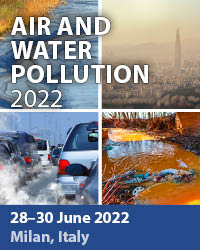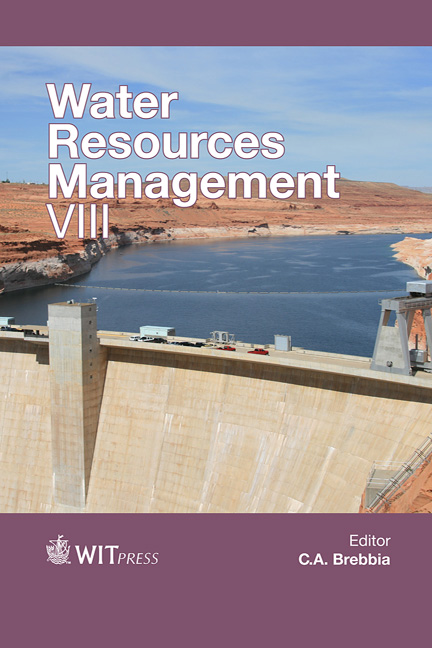Descriptive Analysis Of Sub Catchment Associations’ Contribution To Management Of Water Use Conflicts In The Great Ruaha River Of Southern Tanzania
Price
Free (open access)
Transaction
Volume
196
Pages
11
Page Range
115 - 125
Published
2015
Size
739 kb
Paper DOI
10.2495/WRM150101
Copyright
WIT Press
Author(s)
N. J. Ngowi, E. Makfura
Abstract
Human activities accelerate the loss of environmental flow of many rivers and bring water shortages, resulting in water use conflicts. In Africa, such conflicts have contributed to water resource governance challenges. However, little is known on the role of the sub catchment water associations in managing water use conflicts in some river basins of Tanzania. Given this need, our objectives were to: (1) explore the causes of water use conflicts in the prone areas of the sub catchments; and (2) understand the role of sub catchment water associations in the management of such conflicts. We addressed these objectives using physical observations, unstructured interviews, in-depth interviews, focus group discussions and questionnaires administered to 100 households in the 4 villages within Mambi and Mpolo sub catchments of the Great Ruaha River in southern highlands, Tanzania. The findings showed that (46%) of conflicts in the upstream areas were caused by water theft, water scarcity (38%) and use of water without water right (12%). Excessive use of water by upstream users (46%), big number of livestock (38%) and illegal water connections (12%) were the main sources of conflicts in the downstream areas. We found that sub catchment water associations have been using meetings (55%), bylaws (12%), dialogue (12%) and combination of meetings and bylaws and dialogue (21%) to manage water use conflicts. Payment for Environmental Services has been recommended to reduce water use conflicts in the area.
Keywords
sub catchment, water use conflicts, vinyungu, Ruaha





